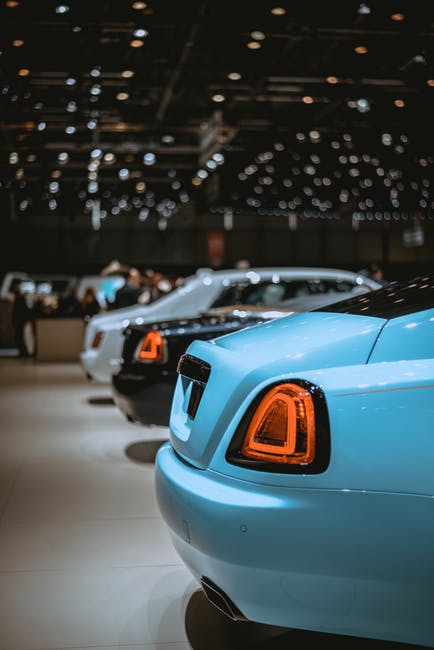
It took a century for the automotive industry to fully switch to unibody designs, at least for cars. It’s hardly “new” technology though. The first American unibody car was the 1941 Nash 600.
What are the advantages of the unibody car? Let’s look at the difference between body-on-frame and unibody design, and their pros and cons.
Body-on-Frame Design
Cars were originally designed using a body-on-frame structure. The body panels were attached to an underlying ladder frame. This design resists twisting better than a unibody, which is why it is still used for most trucks and SUVs. Larger SUVs, at least. There are only 15 SUVs still using body-on-frame design.
Cars continued to use body-on-frame designs up until the last decade, particular vehicles like the Ford Crown Victoria and Lincoln Town Car. These vehicles were often used as police cars, taxis, and limousines, all of which can be hard on a vehicle.
Another reason car manufacturers preferred body-on-frame designs in the early days of the automotive industry was the ease of changing body styles. The body panels could be redesigned while using the same underlying frame. This let them iterate designs faster as well as build different vehicles on the same frame.
Unibody Design
Unibody designs have the frame integrated into the body construction. Instead of a steel ladder frame under the vehicle, every body panel provides part of the structural design.
Because there is no need for a heavy steel frame, unibody cars are much lighter. This means they can get much better fuel economy and better handling. The ride comfort can also be much better with no rigid frame to limit shock absorption.
Unibody cars are safer than their body-on-frame predecessors. If you are in an accident, unibody designs allow the entire body to absorb the crash energy. This gives designers more flexibility in finding ways to redirect that energy away from the passengers in the vehicle.
Because of the way the unibody can absorb that energy, make sure you have your vehicle assessed for damage after an accident. There can be damage that isn’t visible but could affect the safety of the vehicle.
More Flexibility
Another advantage of unibody designs is that they’re more flexible, both in the body style and the use of space. This lets the designers come up with much more aerodynamic and attractive designs while providing more storage and seating space than would likely be possible with a body-on-frame vehicle.
And the icing on the cake is that unibody vehicles are cheaper to build so you get all the advantages for less money than you would pay for a similar body-on-frame design.
The Bottom Line
If you need a truck or large SUV, you’ll likely be driving a body-on-frame design. And that’s the best option because of the strength they offer.
But almost everyone else is going to be better off with a unibody vehicle. It will cost less to buy, cost less to operate, and keep you safer if you’re ever in an accident.
If you are in an accident, Limerick Autobody can help you get back on the road quickly and safely. We’ll treat your vehicle like it’s our own so contact us to get an estimate today.
